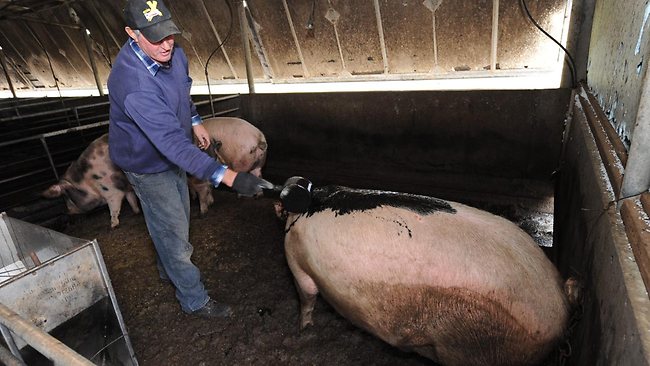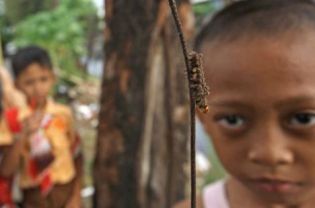
© RedOrbit
A widespread wheat plague is threatening farms, raising bread prices and unleashing fresh political and economic unrest, according to experts.
The disease strain has shown up in Africa, the Middle East and Asia, and has hiked food prices in the Arab world, Mexico, Haiti and beyond.
"Stem rust, when it goes epidemic, destroys a crop," said Ronnie Coffman, a leading expert on wheat disease and chair of the department of plant breeding and genetics at Cornell University.
"There is nothing left but black stems, zero grain. It is just an absolute devastation," Coffman told the AFP news agency.
The last major epidemic of the fungal disease broke out in 1953 but was quelled with the introduction of a resistant strain of plants in the 1970s, an initiative spearheaded by the late Norman Borlaug.
A new wave of the stem rust fungus, Ug99, turned up in Uganda in 1998, overcoming crops that were once resistant and wielding the potential to kill as much as 90 percent of the world's wheat.
Winds can transport spores as many as 100 miles per day, raising concerns among scientists about where the epidemic could turn up next.

